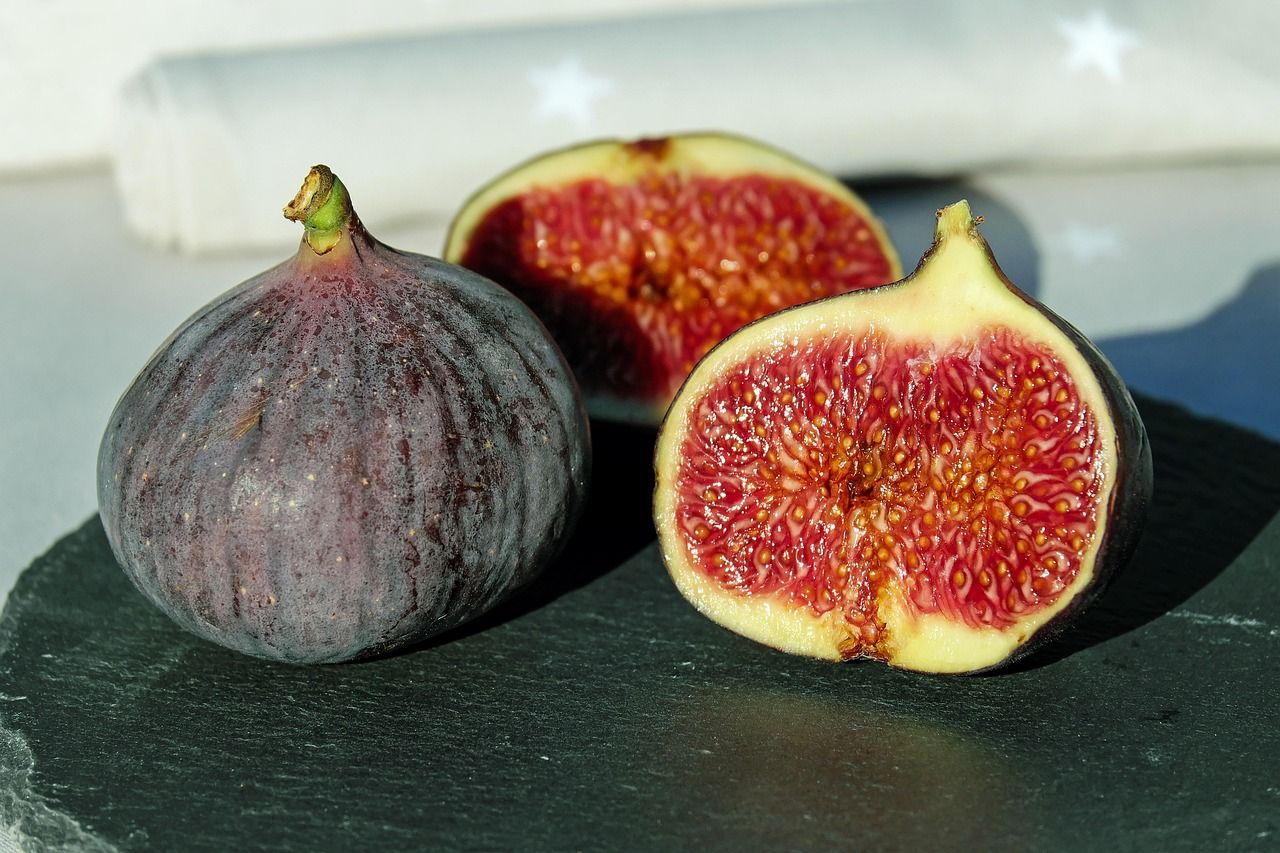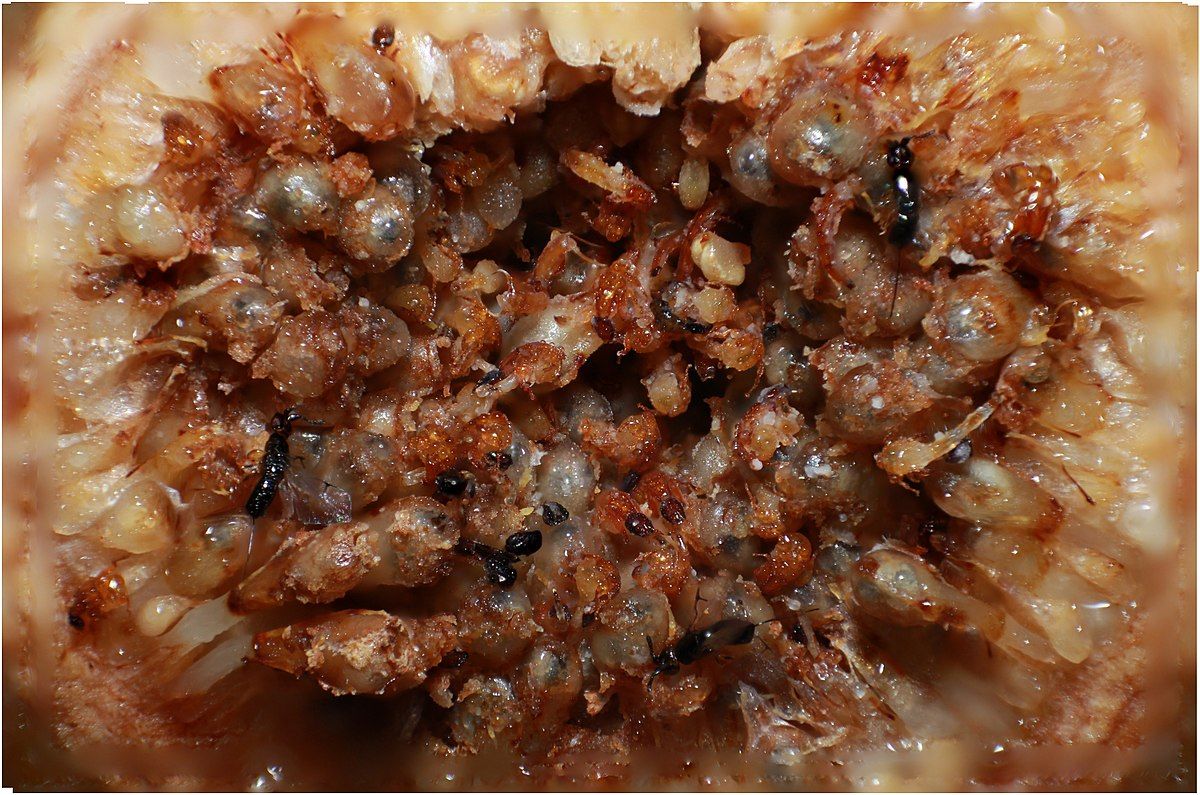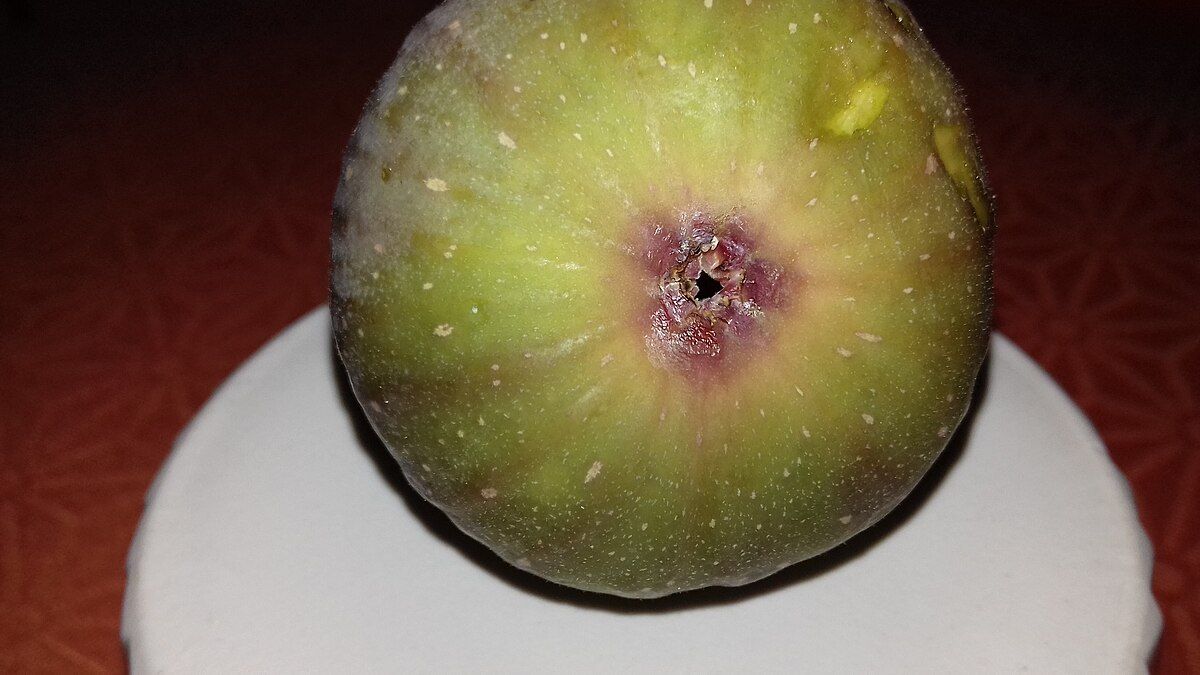Follow us on Google News (click on ☆)
The relationship between fig trees and specific wasps represents a remarkable example of mutualism, where two different species cooperate for their mutual benefit. These fig wasps, tiny and harmless to humans, are barely the size of a gnat and do not sting. They have co-evolved with fig trees for millions of years, creating a biological interdependence. This natural partnership allows fig trees to be pollinated while wasps find an ideal breeding site.

Pixabay illustration image
What we commonly call the fig fruit is actually a hollow structure called a syconium, filled with tiny internal flowers. When a female wasp enters this cavity through a narrow opening, she may lose her wings and antennae during the passage. Her role is to deposit the pollen necessary for seed formation, but this mission may cost her her life. However, the presence of insects in commercial figs remains exceptional.
The majority of figs available commercially come from so-called parthenocarpic varieties, such as Mission and Brown Turkey figs. These cultivars of Ficus carica produce ripe fruits without requiring pollination, thus eliminating any need for wasp intervention. Charlotte Jandér, a plant ecology researcher at Uppsala University, specifies in Live Science that only certain wild or specific varieties like Smyrna figs maintain this ancestral dependence on pollinating insects.
Even when a wasp dies inside a wild fig, its body decomposes completely during the fruit's ripening process. Carlos Machado, a biology professor at the University of Maryland, explains in Live Science that the crunchy textures sometimes felt when eating figs come exclusively from the plant's seeds. Any insect remains, if they exist, are unrecognizable and perfectly edible, posing no risk to human consumption.
The fig-wasp mutualism
Mutualism represents a form of symbiosis where two different species derive reciprocal advantage from their association. In the case of fig trees and specific wasps, this relationship has been perfected over millions of years of joint evolution.
Fig wasps belong to the Agaonidae family and include several hundred species, each specialized to pollinate a particular species of fig tree. This extreme specialization guarantees effective pollination but also makes each species vulnerable to the disappearance of its plant partner.
The cycle begins when a female wasp, loaded with pollen, enters the immature fig through the ostiole, a natural opening. Her body is perfectly adapted to this narrow entry, often at the cost of losing her wings. Inside, she deposits pollen on the female flowers before dying from exhaustion or while attempting to lay her eggs.
This mutualistic relationship goes beyond simple pollination, as fig trees constitute keystone species in their ecosystems. Their continuous fruit production throughout the year feeds many animals, making fig trees ecological pillars in tropical and Mediterranean forests.

